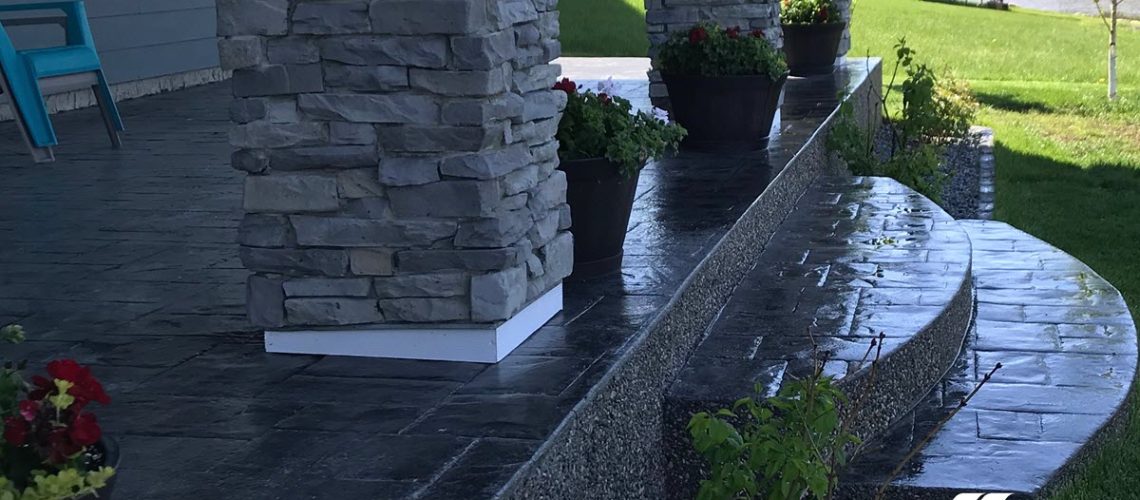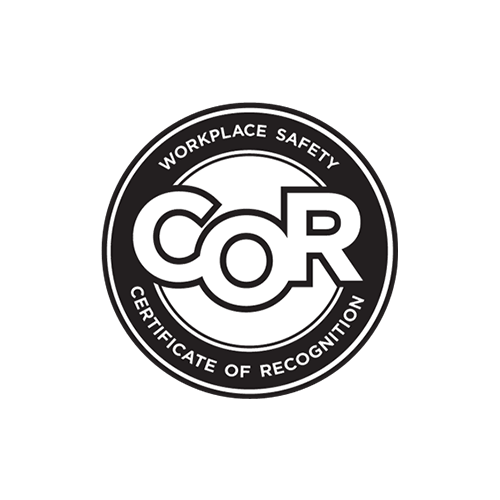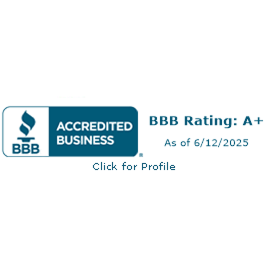Concrete surfaces don’t have to be boring. Out of all the ways you can make concrete more visually appealing, adding a textured finish is by far one of the most beautiful and cost-effective. What’s more, concrete finishes don’t add much time to the overall construction process and typically don’t require much else apart from the basic components that go into a concrete floor: Portland cement, aggregate, and water. To give you some inspiration for your next concrete construction project or renovation, we’ve listed our top three concrete finishes.
Stamped Concrete
Also known as imprinted or textured concrete, stamped concrete is designed to resemble paving stones like slate, flagstone, or even tiles, bricks, and wood. Left bare or colored with specialized dyes or pigments, some of the main benefits of stamped concrete include its durability and weather resistance, making it a popular choice for patios, pool decks, walkways, and driveways. As far as the process for creating stamped concrete goes, the main components stay the same, but a smaller aggregate is used to ensure consistency.
The concrete is spread evenly as its poured and a release agent is spread to prevent the stamp from sticking to the concrete. Next, molded rubber stamps are used to stamp the concrete surface with the desired pattern. Joints are cut into the surface to allow for drainage and the concrete is washed to remove any extra release agent left over from the stamping process. The surface is then sealed and allowed to cure once the concrete is completely dry.
Broomed Concrete
As old as concrete itself, broomed concrete is one of the most popular types of concrete finishes and is often used for outdoor surfaces like patios, walkways, and driveways. The basic idea behind a broomed concrete finish is that the surface is brushed with a specialized broom after being laid, adding texture that is both aesthetically pleasing and prevents slipping. The components used in a broomed concrete finish are exactly the same as you’d find in a smooth finish, with the main difference being that a broom is pulled across the concrete surface to create the texture.
Broomed concrete finishes are also commonly used to renovate older, deteriorating surfaces instead of a full replacement, since all they require is a thin overlay over the existing surface. While some might not consider a broomed finish as sophisticated or appealing as a stamped finish, it’s certainly still a viable option when building or renovating a driveway or concrete pavement.
Exposed Concrete
A popular finish for over 100 years, exposed concrete finishes can be found anywhere from factory floors to luxury homes. The reason exposed concrete finishes are so popular is that they can be used to give the appearance of luxury materials like granite or marble at a fraction of the cost. As tough as other finishes with the added bonuses of slip resistance and a gorgeous texture, it’s easy to see why so many opt for exposed concrete finishes.
The basic process for creating an exposed concrete finish is essentially the same as other types of flat finishes, except natural or manufactured decorative aggregate is used to create a more aesthetically pleasing appearance. The aggregate itself can be made from a variety of materials, including river stones and colored gravel. Once the concrete is poured and flattened, the outer layer of the surface is carefully removed to expose the aggregate. Alternatively, decorative aggregate can be spread over and embedded into the wet surface before it’s sealed with a specialized coating to protect the exposed aggregate.
Concrete Construction in Calgary
Whether you’re looking to lay a new driveway, curb your parking lot, build a new concrete floor, or restore existing concrete surfaces, Holloway Paving is here to help. Using state-of-the-art equipment combined with our decades of experience in the industry, we’re able to guarantee high-quality workmanship and long-term results. Contact us today for a free quote on any of our services.








